Delving Into the Photoreal World of Disney’s ‘Jungle Book’ Remake
The #Jungle #Book, due in theaters April 15, is directed by Favreau from a script written by Justin Marks (Street Fighter: The Legend of Chun-Li). The stereoscopic #3D feature, which will also be available in IMAX, is being produced by Brigham Taylor, who also produced Disney’s Tomorrowland. Working alongside cinematographer Matthew Libatique (Noah), MPC is the lead visual effects studio, with Christopher Glass and Alex McDowell (Watchmen) serving as production designers.
The film’s voice cast includes Bill Murray as the voice of Baloo the Bear, Christopher Walken as King Louie, Giancarlo Esposito as Akela, Ben Kingsley as Bagheera, Lupita Nyong’o as Raksha, Idris Elba as Shere Khan, Scarlett Johansson as Kaa, and newcomer Neel Sethi as Mowgli.
Disney has a slew of live-action remakes of classic animation properties on its development and production slate, including The Sword in the Stone, Mulan, Winnie the Pooh, Beauty and the Beast, the Tim Burton-directed Dumbo, and the “Bald Mountain” sequence in Fantasia, and the proven box office success of live-action films such as last year’s Cinderella and 2014’s Maleficent mean that audiences can expect similar projects to continue into the unforeseen future. Also in development at Disney is a Maleficent sequel, a new Peter Pan spinoff, Tink, starring Reese Witherspoon as Tinker Bell, and a live-action Prince Charming movie. Oh, and let’s not forget Alice in Wonderland. That live-action remake, also from director Tim Burton, has a sequel as well, Alice Through the Looking Glass, which arrives in theaters on May 27.
Rather than the usual clips and animatics, the presentation at the El Capitan Theater included a sneak preview of the entire film, for which anticipation has been growing since the first bits of footage were screened at the D23 Expo back in August 2015. The theater itself is one of the venues at which fans will be able to see The Jungle Book movie in Dolby Vision, a brand-new laser projection system designed in part to combat the dimming effect of 3D.
“The picture is really bright,” Favreau said of the format during the event. “Once you see it, it’s hard to look at a regular projection system ever again, especially in 3D… For this film, it was interesting to see this level of contrast and dynamic range. We’re dealing with, essentially, a computer-generated image that has a lot of information and latitude.”
“We’re creating a full, photo-real world that we can recognize as real,” Legato added. “We’ve all seen pictures of animals. We see how they move. We see how they walk and talk and we can tell if it’s artificial or not.”
Despite the lush environments and realistic looking animals that populate the film, none of The Jungle Book was shot on location. Shot in a big empty building in downtown Los Angeles, everything on the screen -- with the exception of actor Sethi, who plays Mowgli -- is computer generated and animated.
“We had a motion-capture volume, we had actors playing the parts, we had suits, we had sets that were lined up with what the digital set looked like. And then we captured it,” Favreau said. “First we had an animatic version, as you would on an animated film, then a motion-capture version that we edited, and then finally we took that and shot the kid as though he were an element.”
The film’s realism can be credited to MPC, which most recently provided visual effects for Ridley Scott’s The Martian, Kenneth Branagh’s re-envisioning of Cinderella and James Gunn’s Guardians of the Galaxy, and Weta Digital, known for its Oscar-winning work on The Lord of the Rings and The Hobbit trilogies as well as the last two Planet of the Apes movies. MPC handled the bulk of the film’s effects, with Weta -- which has a trove of experience animating realistic-looking fantastical characters such as The Hobbit’s Smaug -- stepping in to handle a sequence set around King Louie.
“The idea of going out to the jungle and shooting this just felt like it wouldn’t have the magic the ’67 film had,” Favreau said. “There was a dreamlike quality to it. There was a surreal quality to it. It was a high-water mark for character animation, because of the character and the emotion and the music. And that’s what I remember about it, and so I wanted to make sure we preserved that.”
One of Favreau’s objectives for The Jungle Book was to put a live-action sensibility into a computer-generated world. To blur the lines between what is practical and what is computer-generated, two different sets were used: one that was used for filming, and the other that was being built for the next shot. This meant that individual sets were constantly being built and then broken down when they weren’t being used or had already served their purpose.
“Some people seek out an experience that they’ve never seen before,” Favreau said, “and I’m proud to have the film that will introduce this technology in much the same way I was introduced with Avatar to that tech. It’s the marriage of story and technology that always makes for an interesting presentation.”
For the story itself, Favreau looked at both Rudyard Kipling‘s 1894 book of stories and Disney’s 1967 big screen take. “I think, though, that, as far as story structure, the ’67 actually had a lot to offer, so we tried to stick with it as much as we could,” Favreau said. “What I really tried to do, though, was focus on the images that I remembered from it before going back to look at it again. That was a trick that I learned on Iron Man. It’s not necessarily what’s in the material that’s so important, it’s what you remember. I find that everybody has a collective memory that’s very similar. There were images that I remember very clearly that I listed off and those were the top priority. Then, as you go back and we started to break story together, you start to figure out that Walt and his team came up with a lot of the same conclusions and a lot of the same story points. There’s a lot of familiarity there.”
One of the main challenges was finding precisely the right way for the new Jungle Book movie to depict its talking animals. Favreau and Legato looked at every previous example they could find (even Beverly Hills Chihuahua and Dog with a Blog) to determine exactly what worked and what didn’t. “There are certain animals that talk well,” Favreau explained. “A snake is harder to talk. You want it to have phonemes, the mouth movements that are required to make the sound. We always erred on the side of subtlety.”
While Walt Disney used an orangutan for King Louie in the animated film, Favreau’s version tries to stay true to the animal’s habitats and native environments. This means that King Louie (voice of Christopher Walken) won’t be an orangutan in the new movie. But Favreau did manage to find a loophole that would allow him to bring the likeness of King Louie to life while staying true to the animal’s habitat. Instead of an orangutan, the film uses a now-extinct descendant of the orangutan called the Gigantopithecus, which were native to the area.
Although the Jungle Book movie’s animals were always intended to look as photoreal as possible, some of the features of the actors playing them were actually incorporated into the character designs. There’s not so much of Scarlett Johansson in the python, Ka, but you might find that Baloo’s eyebrows bear a subtle resemblance to those of Bill Murray.
“For King Louie, we really wanted him to have blue eyes and the look and the way [Christopher Walken]’s face is rigged,” Favreau said. “We did some motion capture work and key framing and video reference… We tried to make it informant enough that you could see the soul of the actor, but not enough to take you out of the reality of the movie.
“We had a motion-capture volume, we had actors playing the parts, we had suits, we had sets that were lined up with what the digital set looked like. And then we captured it,” Favreau said. “First we had an animatic version, as you would on an animated film, then a motion-capture version that we edited, and then finally we took that and shot the kid as though he were an element.”
“You have to breathe life into this thing,” Favreau concluded. “Otherwise, it’s just an exercise in technology and that’s not entertainment. You need to have a beating heart in there and that’s what your cast gives you.”
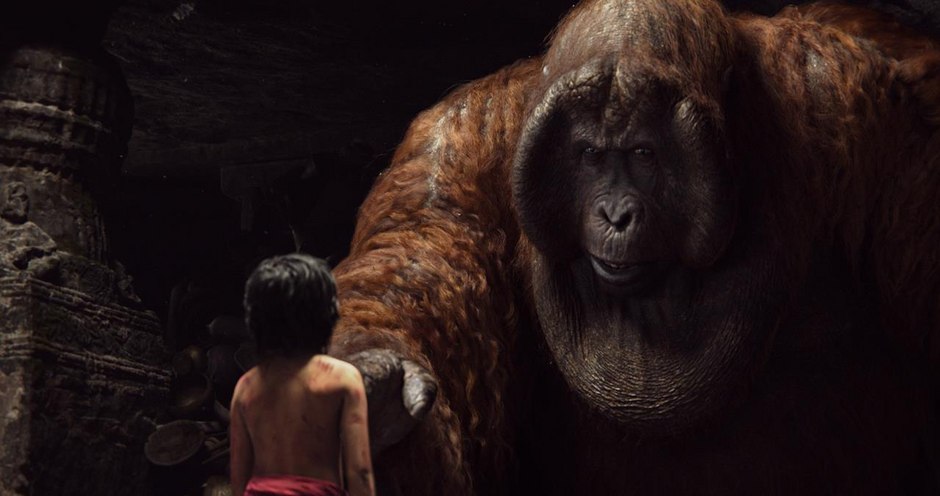
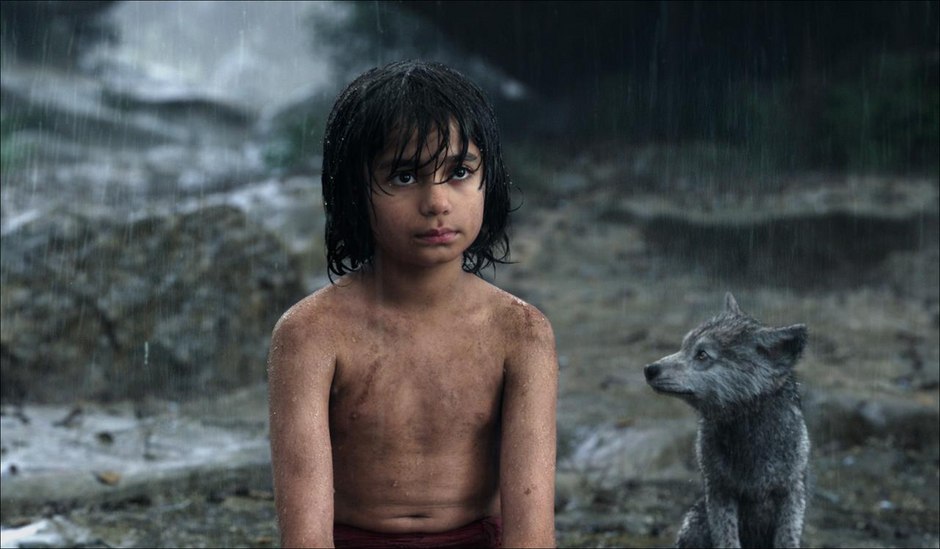
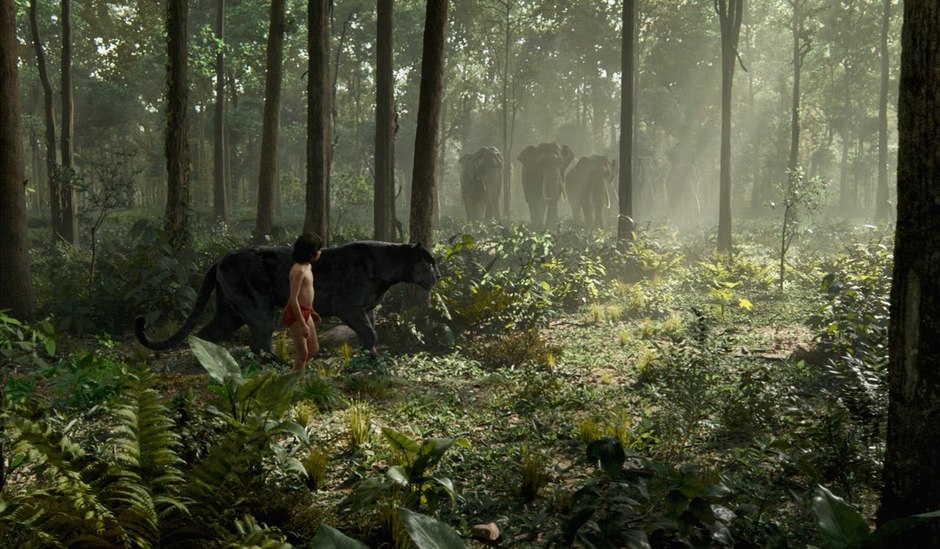
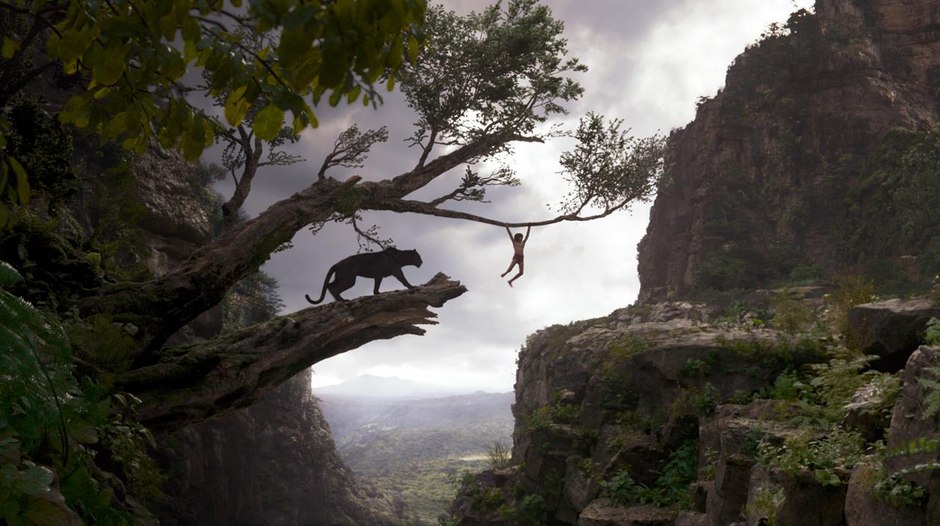
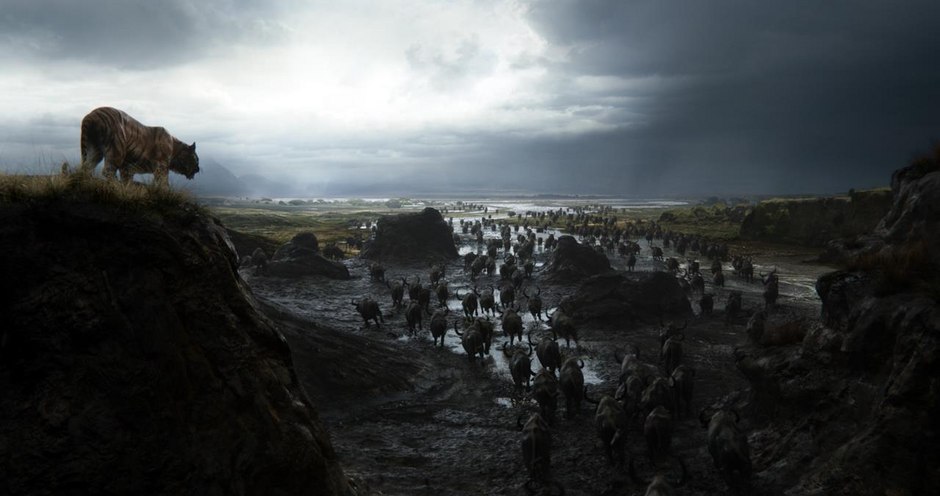
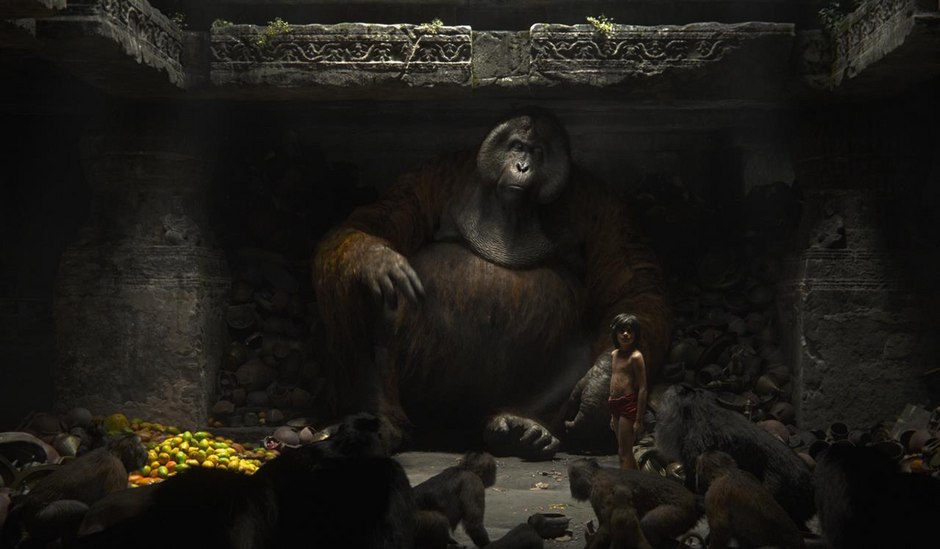
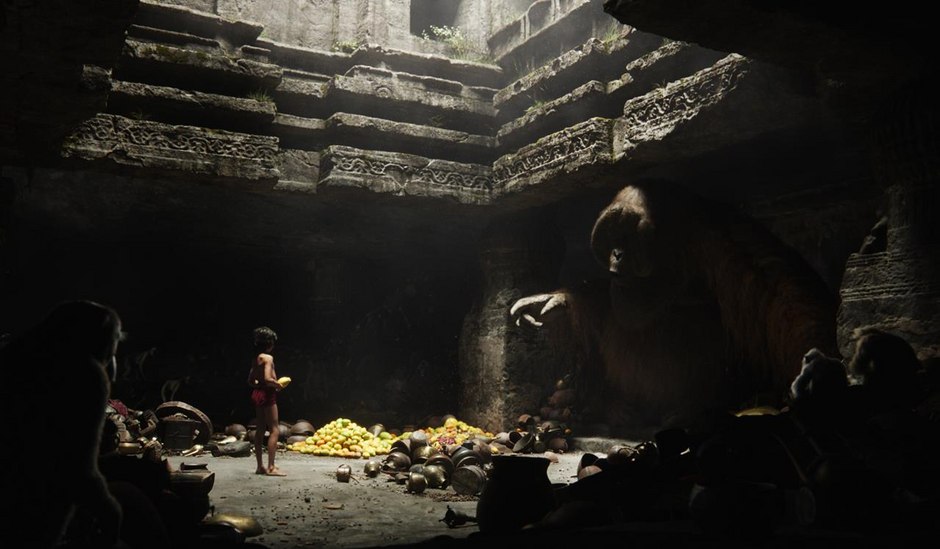


0 comments:
Post a Comment